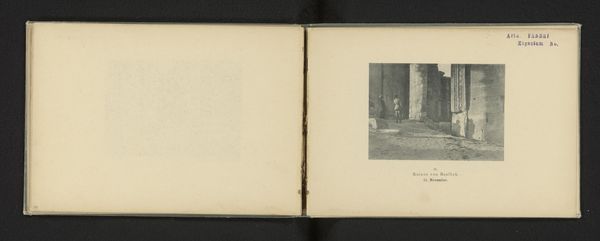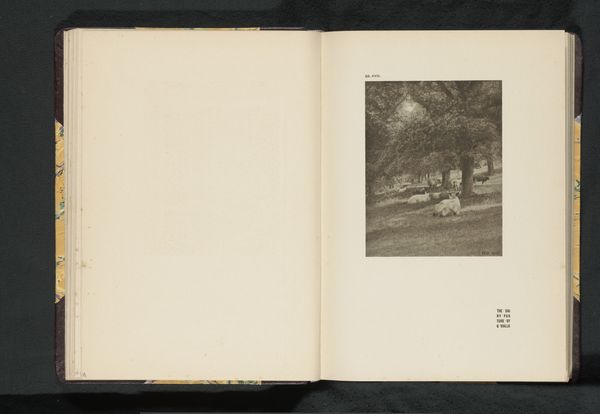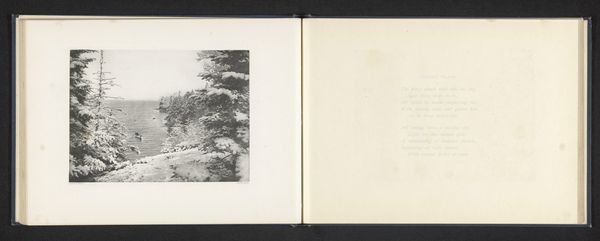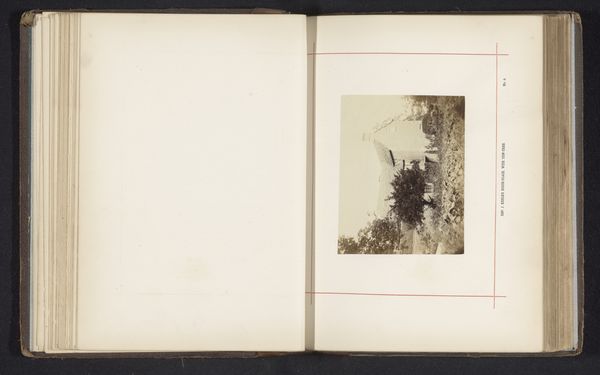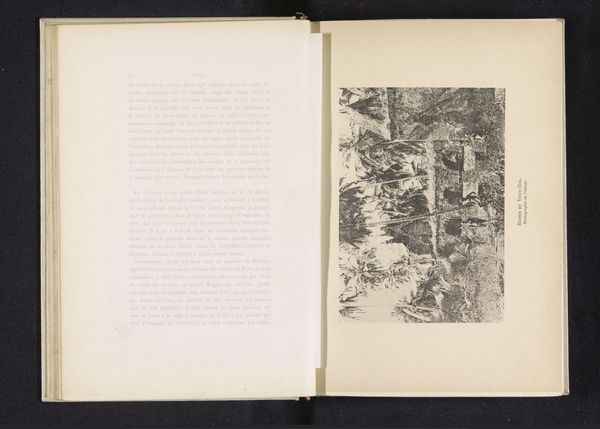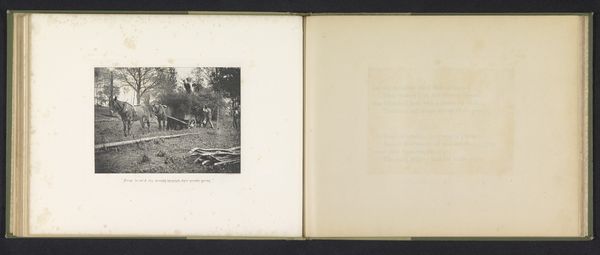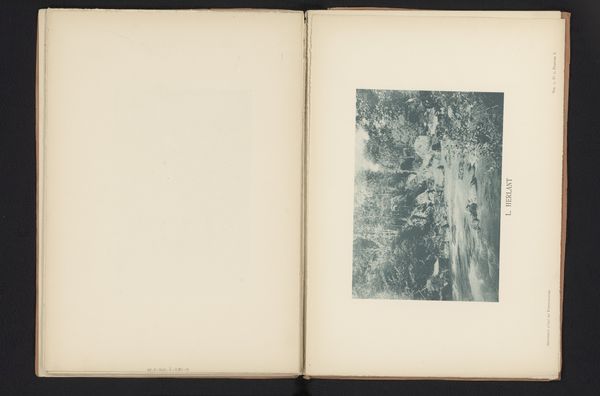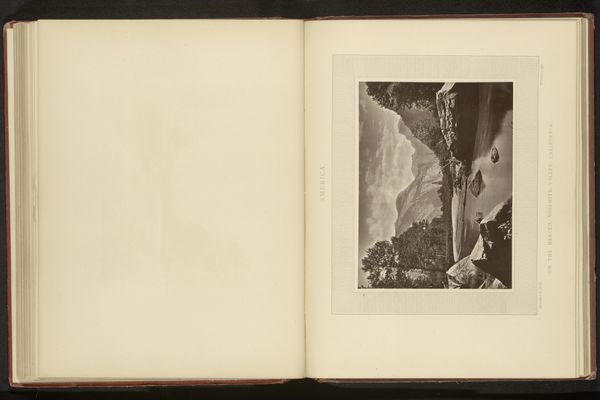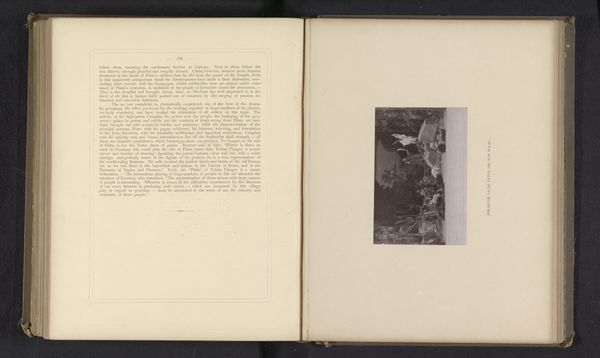
Gezicht op de tuin van de woning van een Ottomaanse vorst op Istanbul, Turkije before 1899
0:00
0:00
photography, albumen-print
#
landscape
#
photography
#
orientalism
#
albumen-print
Dimensions: height 89 mm, width 119 mm
Copyright: Rijks Museum: Open Domain
Curator: Here we have a photograph, likely predating 1899, titled "Gezicht op de tuin van de woning van een Ottomaanse vorst op Istanbul, Turkije," which translates to "View of the garden of the house of an Ottoman prince in Istanbul, Turkey". It's an albumen print, part of an album that once belonged to Augusta Victoria, the Empress of Germany. Editor: It possesses such a serene stillness. The hazy monochromatic tones and the soft reflections in the water give it a dreamlike quality, almost suspended in time. What strikes me most is its composition, the placement of shadow and light—it’s clearly staged, yet trying to look candid. Curator: Precisely. The albumen process gives this a visual weight, a sense of solidity. The photographer is clearly arranging elements in a way that offers a considered balance, look how the foliage creates framing devices for the reflected architecture. This considered manipulation underscores a specific orientalist aesthetic, common during that era. Editor: Ah, "Orientalism". We have to recognize that depictions like these weren't always benign. By capturing this "exotic" garden, this photograph participates in the colonial gaze, reaffirming a European perspective. It implicitly suggests control and possession of Ottoman lands through visual representation, framing it as passive and picturesque. Who gets to look, and from what position of power? Curator: Absolutely. The garden itself functions as a curated tableau of nature and power. The way elements are organized provides meaning, doesn't it? The composition itself speaks to structured tranquility. Editor: And what’s missing is equally important: the lived experiences, the socio-political complexities behind that tranquility. There are no people of color visible, for instance. It’s easy to fetishize the calm reflection, to forget whose story isn’t being told. Who were the gardeners? Where do they appear in this story of landscape? Curator: True, one has to consciously decode what is framed and why. Editor: By recognizing the nuances of orientalism and visual strategies within landscape, we come closer to appreciating both the visual complexity of the art object and how colonial undertones seep into artistic representations. Curator: Indeed. Analyzing form helps illuminate ideological frameworks, if you understand how visual syntax functions as a conduit of cultural attitude. Editor: And together we can unravel some layers of context.
Comments
No comments
Be the first to comment and join the conversation on the ultimate creative platform.
